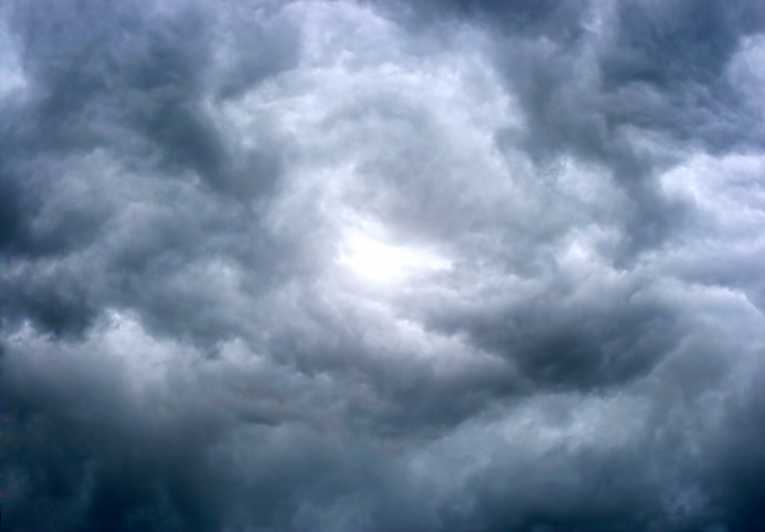Decreasing CO2 concentrations in the atmosphere causes more rain to be wrung from the clouds
A new paper in Geophysical Research Letters has zeroed-in on an important consequence of reducing atmospheric CO2 concentrations - it would actually make the planet wetter. The work, undertaken by a pair of scientists from the Global Ecology department of The Carnegie Institute, also suggests that the effect cuts both ways, and so helps to explain increased droughts seen as a result of elevated CO2 levels.
Carbon dioxide is already well-known as a greenhouse gas, one that helps to trap the sun's heat, and so warm the planet as its levels rise. But Long Cao and Ken Caldeira have been able to demonstrate why periods of low CO2 have also been associated with rapid increases in precipitation. It all comes down to where exactly the trapped heat from CO2 causes temperatures to rise. Their work suggests that this warming effect is most felt most in the middle of the atmosphere.
It also demonstrated how quickly the atmospheric temperature profile is changed as CO2 levels decrease - which causes rainfall levels to change much more quickly than the overall global temperature. ''The direct effects of carbon dioxide on precipitation take place quickly," said Cao. "If we could cut carbon dioxide concentrations now, we would see precipitation increase within the year, but it would take many decades for climate to cool.''
This change in atmospheric temperature profile causes a big difference in convective rainfall - where warm air from beneath rises and cools - forming clouds and thunderstorms as the moisture condenses out. If the middle of the atmosphere becomes cooler, because of less CO2, then this flow is stronger. That wrings out more rain from the atmosphere.
The opposite also applies - increasing CO2 concentrations warms that middle section of air, suppressing the temperature contrasts that drive such rain clouds, and so reducing rainfall. Droughts in those areas where convective rainfall dominates are one of the long-predicted, and observed, features of global warming.
But does this study imply that cutting CO2 emissions will help solve the drought problems that global warming is bringing to such areas? Unfortunately not - because of the fundamental difference between CO2 emissions and CO2 levels in the atmosphere. Emissions represent the rate at which the global 'CO2 bath' is filling, whereas atmospheric concentration can be thought of as the height the 'CO2 bath'.
Cutting CO2 emissions, which is the main human-response to global warming, will only slow the tap - or if we try very hard, turn it off completely. But the bath is still full, and it's that which determines the temperature the planet will be forced to. Because this study looks a cutting atmospheric CO2 concentrations, it doesn't have a direct bearing on our efforts to slash emissions - that is, unless someone can find the plug.










